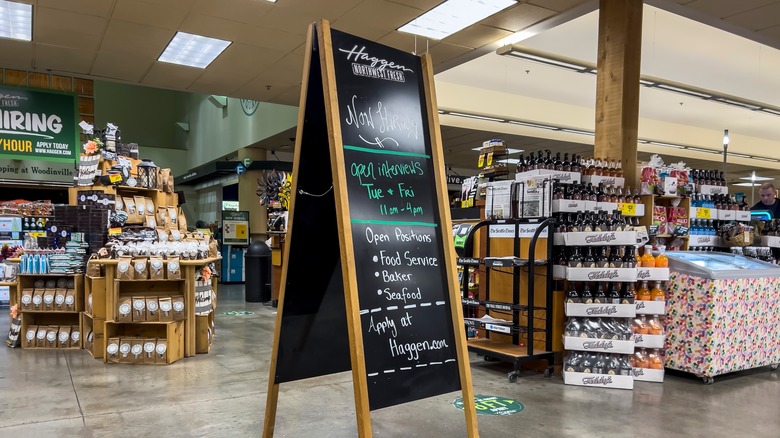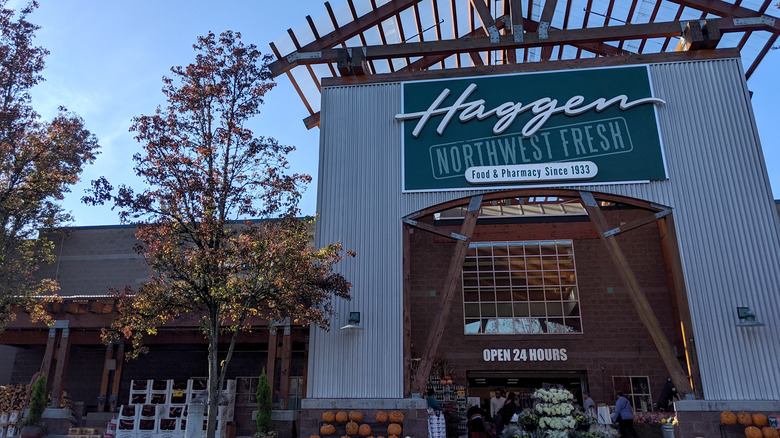The Unique Way Haggen Grocery Chain Expanded
Opening a business is no easy undertaking, but finding growth after an initial success can be even more challenging.
Beloved Northwestern grocery store chain Haggen made headlines back in 2015 for its bold expansion strategy, but it was for all the wrong reasons. According to the San Gabriel Valley Tribune, Haggen bought out the chain Albertson's and increased its operation from a relatively small 18 stores and approximately 2,000 employees to 164 locations and 10,000 employees. The grocer wanted to expand outside of the Northwest into California, Nevada, and Arizona with this purchase, but it may have grown too fast and too quickly.
As the Orange County Register reports, six months later, Haggen would go bankrupt after floundering through its expansion. It would blame much of its troubles on Albertson's for mishandling the transition and failing to keep many of its promises, ending in a lawsuit. This would result in a $5.75 million settlement paid to Haggen by Albertson's, per the Puget Sound Business Journal.
This form of rapid expansion was new to Haggen, which made much of its first early growth in a far more measured and careful manner.
Haggen started out slow and steady
According to Reference for Business, in Haggen's earliest days of growth, it chose to use a unique method to expand its operations. Haggen opened its first store in the midst of the Great Depression in 1933 but was able to succeed despite this turbulent period. The company was able to endure these difficulties until the end of World War II when the booming economic period that came after the war gave the grocer the opportunity to grow.
Throughout the 1950s and 1960s, Haggen would grow to five stores in Washington state, choosing to construct its own buildings with every new opening. This was common practice among its competitors at the time, but it would soon fall out of fashion in favor of expansion by acquisition. When other companies started purchasing existing buildings and infrastructure for their new locations, Haggen would stick to its own construction instead. This slowed its rate of growth, though it would later be a trendsetter in the industry for launching the concept of a superstore for one-stop shopping.

